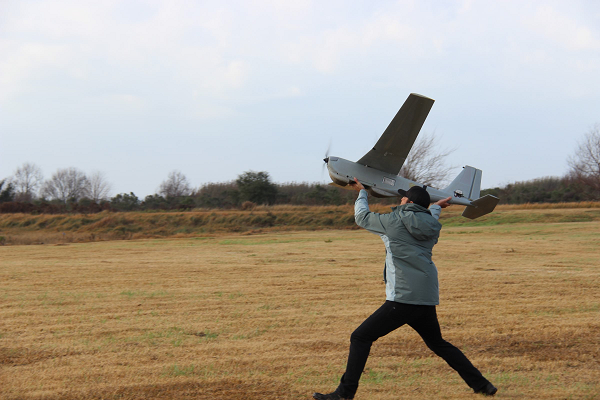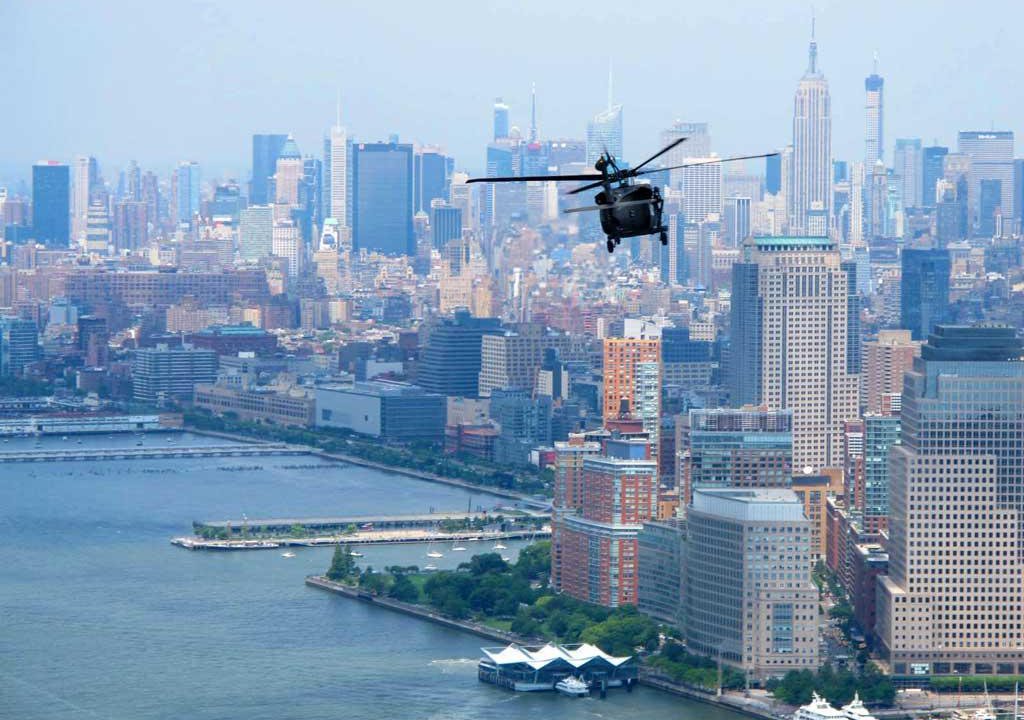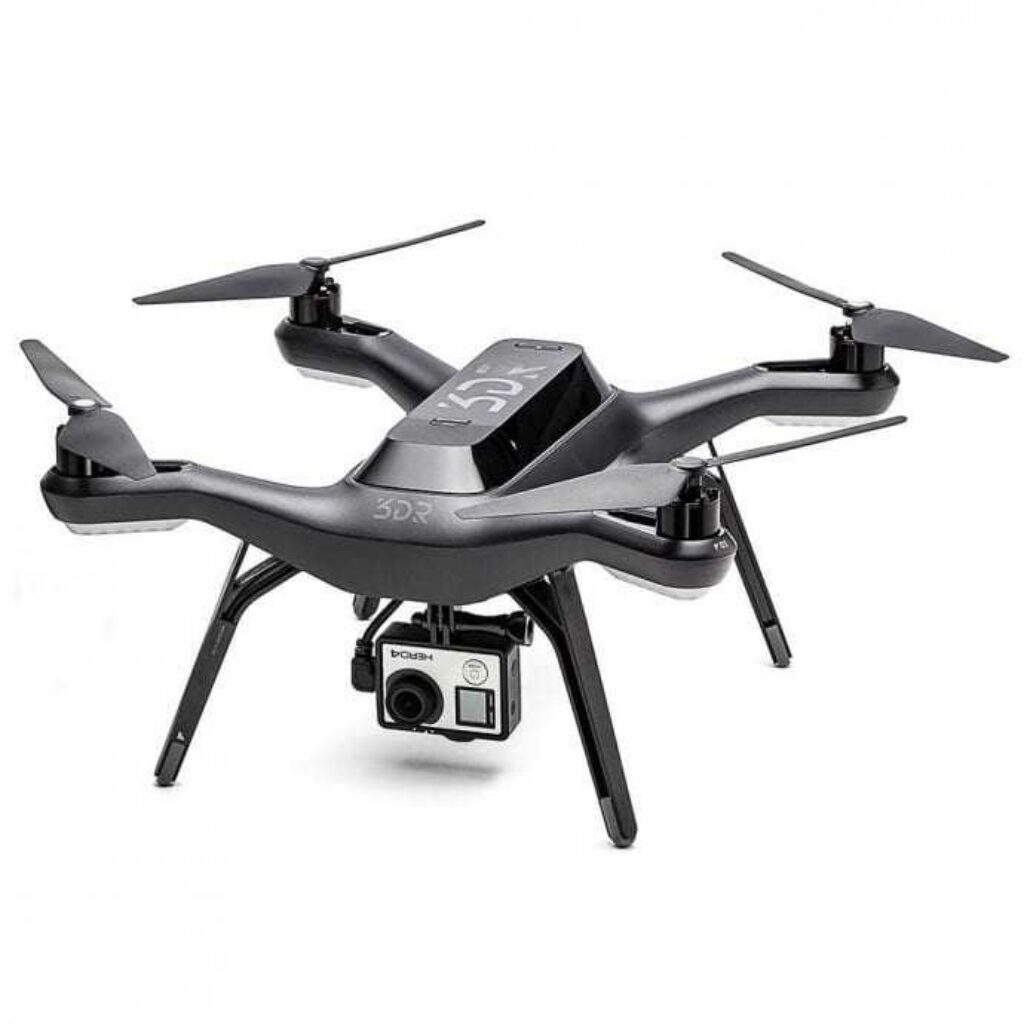
Artificial intelligence (AI), drones, are dynamic and agile machines that can perform extreme acrobatic maneuvers with only onboard computing and sensing. They can detect fires, downhill skiing, and firefighting. This article outlines the current status of AI drones and their future uses. This article will examine how they are being used in both professional and personal settings.
Ai drones have the ability to be dynamic and agile.
Research shows that AI drones can do amazing maneuvers. Its speed and robustness are unmatched. Unlike their human pilots, drones can also rely on AI-derived data. Researchers have developed a new method to train AI drones with predefined models that are based on mathematical models. They have devised an algorithm to allow autonomous quadrotors for high-speed, extreme maneuvers.
Extreme acrobatic maneuvers are performed using only onboard computations and sensing.
Artificial intelligence (AI-drones) can perform extreme acrobatic maneuvers, without the need for a pilot. The robotics & perception group, a joint institution of ETH Zurich University of Zurich, aims to develop drones capable of performing these challenging maneuvers without the aid of a human pilot. The researchers developed a navigation algorithm that allows them to perform acrobatic maneuvers safely without the need for pilot intervention.
They are highly effective in detecting, monitoring, extinguishing, and even monitoring fires
AI drones are fire-fighting robots that can detect, monitor, and extinguish fire. Quadcopters can only fly from one place to another and can't use their payloads. A fleet of drones can, however, monitor the development of fires at high altitudes and make decisions based on local data. The AI drones are also capable of making group decisions based solely on collective data. For example, a fire map.

Photographers, downhill skiers as well as runners can all use them.
Drones have revolutionized the way that photographers, downhill skiers, runners and others can capture stunning images. Although this technology has just begun to be used, there are still some things to consider when purchasing one. First, ensure that the drone is easy to control. Some drones can be temperamental and you might not want to fly them in cold temperatures. Also, make sure the model is capable of handling moisture.
They can be used for assessing the damage caused by natural disasters
Drones are able to assist in disaster mapping and search-and-rescue operations. They can also help with training EMS personnel. Fernandez–Pacheco's study compared participants’ perceptions of aerial views with the MCI-simulated event. The study involved 40 participants and found that participants' perceptions of aerial views improved following a training exercise.
They can also be controlled by artificial intelligence
You've likely seen a commercial about a drone and wondered how AI could be used to guide it. Applied Aeronautics, a drone company, has developed a fully autonomous drone that uses AI to collect spatial and visual data. The data are fed into an algorithm that trains the drone to recognize objects by following a set of movements. Drones can automatically navigate roads and other environments after being trained.
they can reduce human error in SMEs and enterprises
This AI report is a useful guideline for German SMEs. Companies can increase their efficiency by using AI-based robotics and augmented reality. According to the report, AI will improve existing processes' performance by allowing them to use it in construction and production. The improved efficiency of projects will reduce the overall risk associated with product development. AI-based analysis will also identify areas where communication is necessary between R&D project teams.

They can be used to combat aggressive or unstable situations
Drones that are commercially available can fly at high altitudes but cannot function autonomously in such environments. Any mistake can result in a drone going down. Robots require a powerful brain to function in such environments. AI algorithms have been created by Swiss researchers and will allow the drones to navigate. The drones were also fitted with small cameras capable of taking images of the environment. AI algorithms can interpret images and recognize man-made tracks.
FAQ
What is the main difference between a quadcopter or a helicopter?
A quadcopter can be described as a quadrotor helicopter with four rotors. It flies the same way as a traditional helicopter. It has four rotors that rotate independently. A quadcopter has four rotors. The hexacopter has six. Hexacopters have more stability and maneuverability than quadcopters.
Can I fly my drone indoors
You can fly your drone indoors. You just have to ensure no obstacles or hazards inside your home. You should not fly near windows, doors or heating vents.
What are the rules of operation when using drones?
Registering your drone with FAA is required. This registration involves information such as the weight, size, battery capability, and operating frequency. A FAA identification number is also required.
What is the best drone for beginners?
The DJI Phantom 2 Vision+ beginner drone is very popular today. This drone comes with a 4K camera which can be used to take aerial photos and videos. This drone can be navigated using the built-in GPS.
Is it possible to fly a drone at high altitudes without a license?
There is no restriction on the height at which you can fly a drone according to the FAA. However, they do require you to register your unmanned aircraft system (UAS), which includes the registration number, model name, weight, size, serial number, manufacturer's name, date manufactured, and other information.
Are Drones Banned Where?
The FAA bans drones flying in restricted areas such as airports, stadiums or sporting events, nuclear power stations, hospitals, prisons, and other sensitive areas. They allow them to fly at nights using GPS technology.
Flying with a drone?
Drones are becoming increasingly popular for both personal use and commercial purposes. They are used for photography, filming, aerial mapping, search & rescue, and other applications. A number of new regulations have been approved by the FAA for drones. These include registration, licensing, pilot training and insurance. These changes will ensure that drones continue to be safe for all.
Statistics
- According to industry research from ZipRecruiter , there are 10 cities where the typical salary for a Drone Pilot job is above the national average. (dronesgator.com)
- Research and Markets predict a growth rate of 51.1% over the next five years. (thedroneu.com)
- According to the multiple listing service (MLS), houses and apartments with drone photographs are up to 68 percent more likely to sell than those without pictures. (thedroneu.com)
External Links
How To
How to Film Yourself With a Drone
A drone makes it easy to film yourself. A smartphone, remote controller and a camera are all you need. First, you need to obtain your FAA (Federal Aviation Administration) license. Next, you'll need to buy a quadcopter. This type of drone is equipped with four rotors allowing it to fly in different directions.
After you purchase your drone, connect it to your computer using a USB cable. Follow these steps to open the drone's software program.
-
Connect the drone's battery and the power source to your laptop.
-
Check the webcam on your drone to make sure it is working correctly. If nothing is visible on your screen, you can check for problems with the connection between the drone's computer and the drone.
-
Turn on WiFi on your drone. In the field "IPAdresse", enter the IP Address of your computer.
-
Select "Open Camera" from the menu.
-
Make sure you set the image quality at HD 1080p.
-
Click on "Record," and then click the "Start Recording."
-
Close the webcam app after you are done recording.
-
Save the video file to you hard drive.
-
Finally, upload the file to YouTube using another computer.
-
Share your video link on social media websites such as Facebook, Twitter, Instagram, Google+, LinkedIn, Pinterest, Tumblr, Reddit, etc.